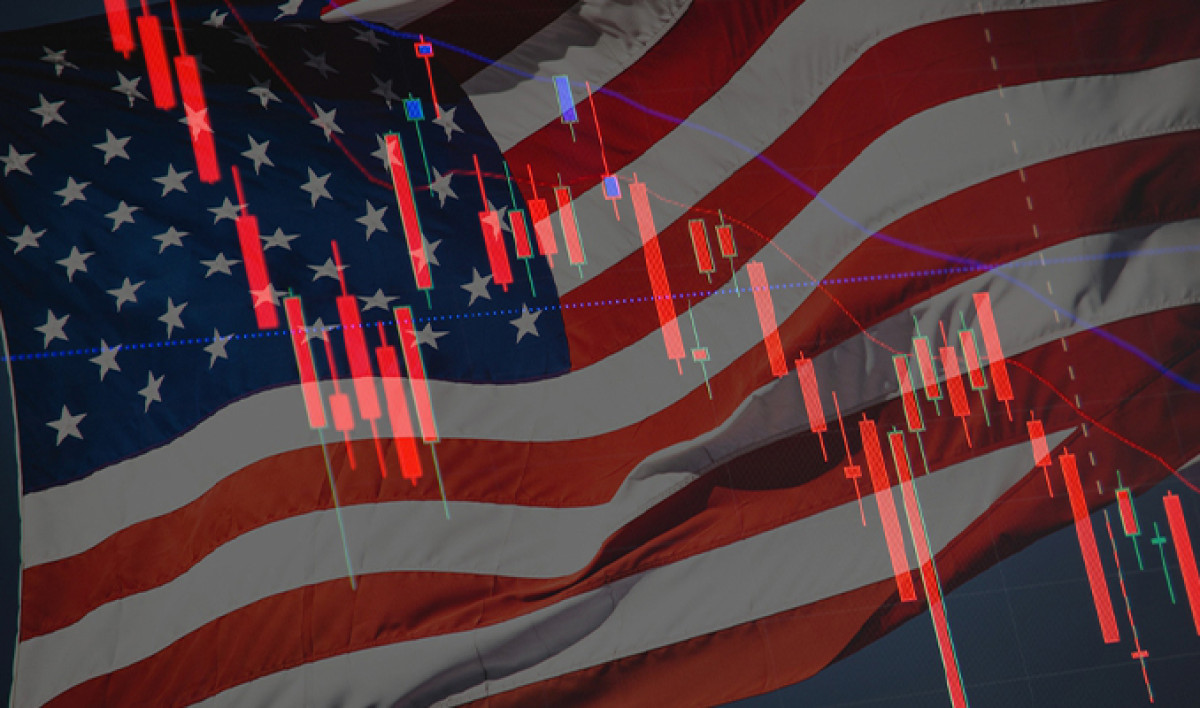
"Government Shutdown in the U.S. Creates Uncertainty in the Markets"


Investors Are Avoiding the Market
Last week, investors' realization of technology stocks trading at high valuations led to an unexpected risk-averse trend in financial markets. This situation was further exacerbated by increasing job cuts announcements in the US business sector and weak employment data. According to data from Revelio Labs, 9,100 people lost their jobs in October, and planned layoffs by employers surpassed 153,000.
Unemployment Rate Expectations
According to forecasts from the Chicago Fed, the US unemployment rate is likely to reach its highest level in four years in October. These critical data should be evaluated alongside the ADP National Employment Report, which indicated a 42,000 increase in private sector employment.
Noteworthy Developments in the Markets
As of Friday night, Fed fund futures priced the possibility of a rate cut in December at 65%. However, beyond the Fed's dovish stance, delays in artificial intelligence investments played a significant role in the market declines. The performance of the S&P 500 index at the 6700/6690 levels may signal a possible break with broader consolidation signals.
Fluctuations in Oil and Commodity Markets
Oil prices are trending downwards in line with expectations for 2026. OPEC+'s decision to increase daily production by 137,000 barrels for December has not been accompanied by any additional increases validated for the first quarter of 2026. Brent crude is currently trading at $66.80.
Gold Emerges as a Safe Haven
The US government's shutdown and the decline in stock prices have led to an increase in the value of gold. Gold continues to trade around $4,000 in this uncertainty-filled environment.
Market Expectations and Economic Data
The ongoing US government shutdown is preventing the release of important economic data. As critical data such as consumer prices and retail sales are expected to be announced, investors are turning to traditional secondary reports. In Europe, the German ZEW Financial Market Confidence Index and UK Q3 GDP data are in the spotlight.
```Benzer Haberler
.png)
Yakında Tüm Platformlarda
Sizlere kesintisiz haber ve analizi en hızlı şekilde ulaştırmak için. Yakında tüm platformlarda...




.png)